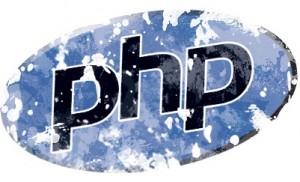 For years, ASP has been one of the most popular server-side scripting languages and for good reason. It is easy to learn, can be based on either Visual Basic scripting or Java scripting, and it runs on any Windows based server. But therein is the problem. It only runs on Windows based machines.
For years, ASP has been one of the most popular server-side scripting languages and for good reason. It is easy to learn, can be based on either Visual Basic scripting or Java scripting, and it runs on any Windows based server. But therein is the problem. It only runs on Windows based machines.
With the growing popularity of UNIX and Apache based web servers, a new open sourced scripting language was needed. Out of this need grew PHP. PHP runs on all of the widely used web servers, including Windows. It also works with most of the common databases, such as MySQL, and can handle ODBC for any other database with an ODBC driver.
With more and more applications being driven to the World Wide Web, server-side scripting languages like PHP make sense. On a server-side scripting language, all of the processing takes place on the server. This means that the developer can create a fully scalable application at the source and have full control over the environment. The user, on the client side, enters data and clicks a button. This sends a request to the server with the form data embedded in the request. The server then takes this request, passes it on to the PHP translator that evaluates and processes the information, then returns simple HTML back to the client.
PHP uses a combination of HTML, scripts and tags to create code that is easy to structure and read. Anyone with knowledge of HTML and a scripting language such as JavaScript or VBScript will be up and running in no time. And there is no shortage of places to learn PHP on the Web.
If you need a fast, open-source, easy to learn scripting language for your website, PHP is the way to go.